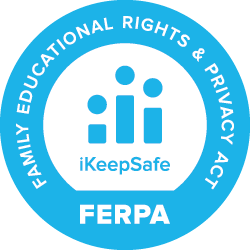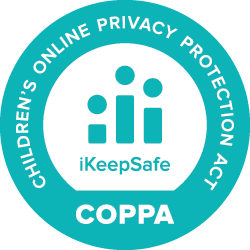| Learn about your watershed. Use a map and other resources to identify the watershed in which you live. What are the major rivers and waterways of the system? How does the water flow through your watershed? What major population centers are found in the watershed? Where are the agricultural and industrial centers? | Adopt an ecosystem. As a class, "adopt" a local stream, roadside, playground, or park. Learn about your local ecology and how looking after your adopted site will help to maintain a larger ecosystem. Come up with a plan to help maintain your adopted site. If damage has been done, suggest ways to help restore the region. Discuss your plans with local environmental organizations such as conservation committees. |
| Identify sources of pollution. Use print and online resources to uncover the types of pollution that affect your watershed. What are the possible sources for pollution? What types of pollutants do they introduce into the watershed? | Organize a cleanup. With your teacher’s assistance, organize a clean-up of your adopted site. Set your goals for the clean-up. What types of materials will you collect and how will you dispose of them? Because some of the collected materials can be harmful, always use proper gloves and adhere to all safety precautions. |
| Contact a local conservation group. Become informed. Find out what is being done and how your class can become part of the solution. Conservation groups often have speakers who can address the class or school community. | Become "Green." "Going Green" is easy! Just follow the 4 Rs: REDUCE, RECYCLE, REUSE, and RESTORE. |



